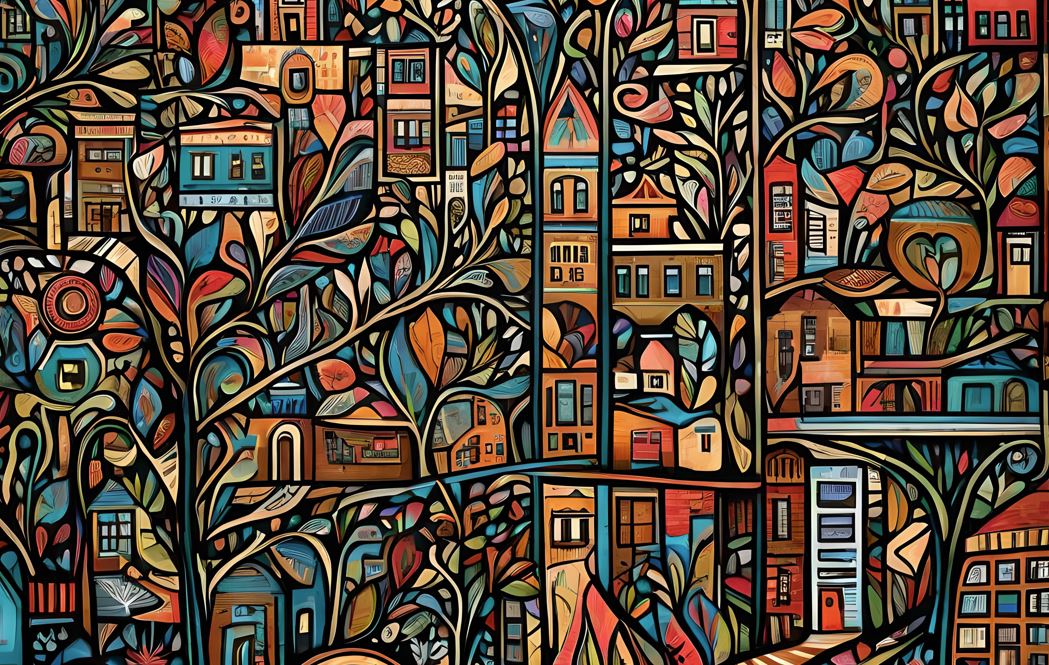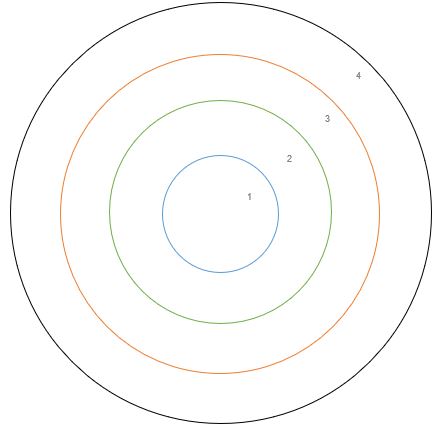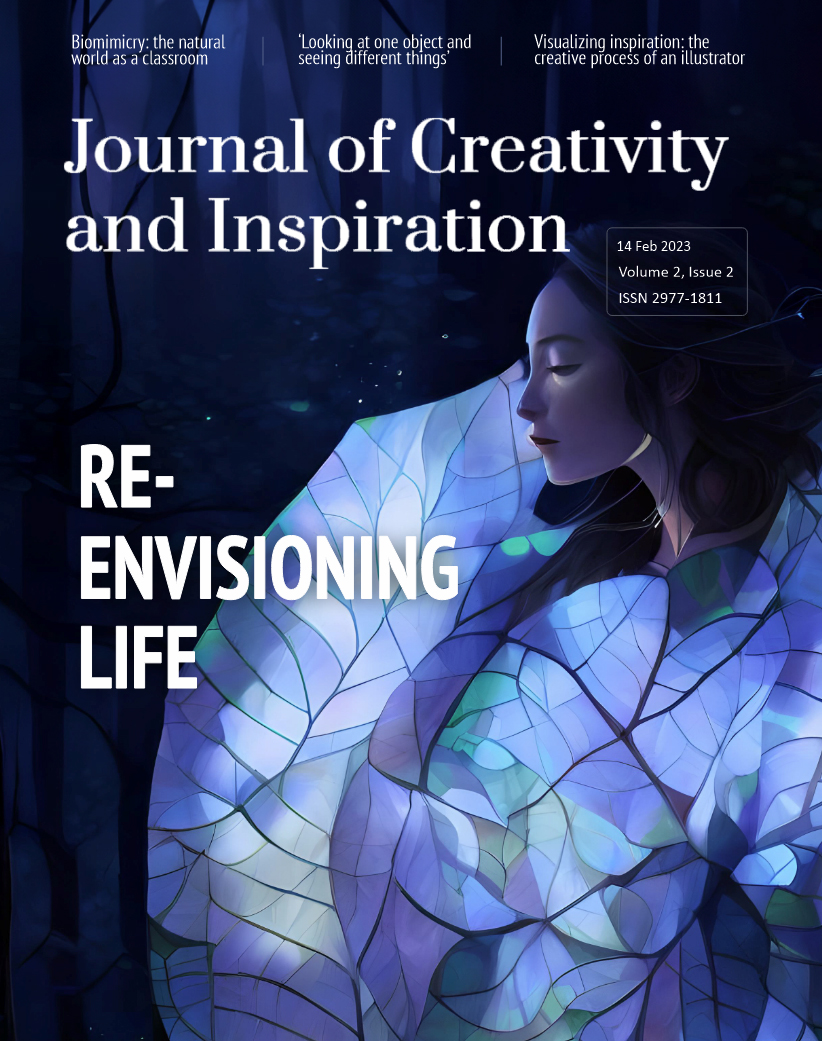Creating in community: from local to global
14 February 2024 – Vol 2, Issue 2.
Across the globe, many individuals and organisations recognise an increasing demand for flexibility and fluidity in addressing the challenges of the current geopolitical landscape. The ‘tried-and-true’ methods no longer serve us well in finding creative solutions and innovation. We’re at a point where integrating different realms of our thinking is vital to our collective well-being.
Creating in the community is an approach that focuses on how we engage with the wider world and society via our creativity. It goes beyond individual self-expression in that it is addressing the needs of our communities, from local to global. It asks: how we can utilize our ingenuity to make the world a better place, to address the complex problems we currently face, such as inequity, lack of access to adequate health care, poverty, and the environmental crisis. Creating in community is predicated on the fact that as a global community, we are all interconnected and interdependent, and that we have the potential to co-create meaningful solutions.

‘Co creating’ by Gil Dekel and AI, 2023. © Gil Dekel.
Speaking broadly, societies have traditionally organised themselves through either individualism or collectivism. In the case of individualism, the self is prioritised above the group. This narrative suggests that success is based on singular effort, celebrating self-interest and competition. Collectivism, on the other hand, prioritises the group rather than the individual. In this worldview, the ecosystem of the wider group or society influences individual actions and personal choices. For example, a new body of research has focused on the impacts of individualism and collectivism with respect to the COVID-19 pandemic. Much of this research indicated that collectivist societies fared better in terms of health outcomes and lower fatality rates because they were more willing to adopt quarantine policies, such as masking, in favour of the greater good (Ginsburg, 2020; Maaravi, et. al, 2021; Rajakumar, 2021). Of course, both approaches have their advantages and disadvantages.
In order to embrace this vision, some of us may need to unlearn what we think we know about creativity and community: if we consider how our efforts contribute to the needs of the collective rather than besting the competition or focusing solely on the bottom line, we will move toward a vision of creativity as a community builder. This can be extremely challenging when certain cultures, such as the US, place so much value on individual efforts. As a society, Americans often prize the industry and achievements of a lone person instead of acknowledging the collection of people who have supported, promoted, and believed in a given project along the way. We tend to focus only on the outcome. What if we instead grew our thinking to recognise the larger sphere of support needed to realise a final product?
Take the 2023 Oscars ceremony, for example. The Academy Awards primarily celebrate individual creative achievement, yet some winners fully acknowledge the true web of creative collaboration and inspiration that elevates their work. In her Oscar acceptance speech, Michelle Yeoh dedicated her award not only to her own mother, but also to all mothers in the world, while also empowering the community of older actresses and women with her words.
This kind of shift requires humility, a value we are not necessarily trained to engage in and demonstrate. Creating in community places our endeavours into a larger context, beyond competition toward interconnection. This allows us to see the bigger picture of our work. Truly, when we create, we are not separate from the wider communities in which we live and work. Recognising this can build our confidence in ourselves as we bring a connected mindset to our creativity.
Innovation flourishes in this context. It benefits from a balance of collectivism as well as an appreciation of the individual skill. Team members exhibit more vibrance and resilience if they can bring more of their authentic selves into the workplace, rather than only what they think is acceptable in the professional setting. The choice to bring our full self to the workplace has nuance and complexity, but if we can foster an environment that embraces connection, we are creating a more welcoming and thriving atmosphere (Vozza, 2023). Community members, if they feel a sense of psychological safety, and sense that their individual creativity is welcome and necessary, are more likely to bring their wilder, more divergent ideas to the problems they are trying to solve (Edmondson, 2019; Rothouse, 2020).
Creating in community also provides a pathway for both individual and collective well-being (Richards, 2018). For many people, the creative process can intensify self-doubt, artistic floundering, and poor mental health. A first step in becoming a more connected creative is to consider how we talk about creativity, both our own and others’. We could begin with gratitude for the faith others have shown in us and our projects (Rothouse, Gullick & Carpenter, 2021). A second step is mapping out our creative circle to understand the ways we are connected and supported. This exercise invites us to visualise our wider community, from artists we know to those who inspire us. Placing ourselves within such a web can empower us with warmth and confidence, key ingredients in the creative life.

Mapping creative circle.
> Download Word document worksheet: ‘Mapping our creative circle’.
Reshaping the story of creativity is not an easy task, given the history of emphasising individual efforts. Yet, we can collectively choose a new narrative, one that embraces and acknowledges the wider circles of interconnection in which we all create and innovate. Embracing communal creativity invites a way forward from our current social and political stalemates. We contend that it is vital for addressing the increasingly complex challenges of our times. Finally, our connected creativity is essential to our well-being as global citizens.
© Journal of Creativity and Inspiration.
Images copyright as specified.
Charlotte and Melinda are experienced creativity coaches, educators, and facilitators. Melinda holds a PhD in Psychology with a specialization in Creativity Studies, and Charlotte holds a MFA in Creative Nonfiction. They are the authors of Syncreate: A Guide to Navigating the Creative Process for Individuals, Teams, and Communities which won a 2021 Silver Nautilus Award for Creativity and Innovation. Their next book, Creating in Community is in development. They founded Syncreate, a creativity coaching and consulting service.
References
Edmondson, A. C. (2019). The fearless organization: Creating psychological safety in the workplace for learning, innovation, and growth. Hoboken, NJ: John Wiley & Sons, Inc.
Ginsburg, R. (2020, May 8). Collectivism and individualism: Reflections from a pandemic. Forbes. Retrieved from https://www.forbes.com/sites/robertginsburg/2020/05/08/collectivism-and-individualism-reflections-from-a-pandemic/?sh=1b70692d4498
Maaravi, Y., Levy, A., Gur, T., Confino, D. and Segal, S. (2021) “The tragedy of the commons”: How individualism and collectivism affected the spread of the COVID-19 pandemic. Frontiers in Public Health. doi: 10.3389/fpubh.2021.627559
Rajakumar, R. P. (2021, Nov.). The relationship between measures of individualism and collectivism and the impact of COVID-19 across nations. Public Health in Practice. https://doi.org/10.1016/j.puhip.2021.100143
Richards, R. (2018). Everyday creativity and the healthy mind: Dynamic new paths for self and society. London, UK: Palgrave Macmillan.
Rothouse, M. (2020). A mindful approach to team creativity and collaboration in organizations: Creating a culture of innovation. New York, NY: Palgrave Macmillan.
Rothouse, M., Gullick, C. & Carpenter, D. (2021). Syncreate: A guide to navigating the creative process for individuals, teams and communities. Sacramento, CA: Mandorla Books.
Vozza, S. (2023, Jan. 25). When bringing your “whole self” to work could be a bad idea. Fast Company. Retrieved from https://www.fastcompany.com/90838250/bringing-your-whole-self-work-bad-idea
